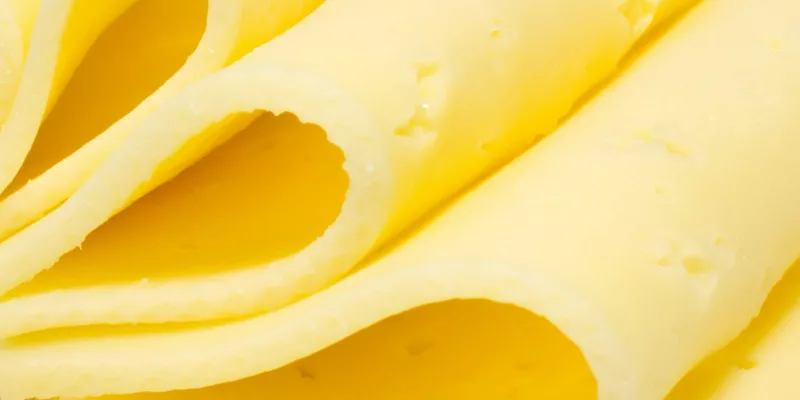
Carotenes (160a) are yellow to orange colour in oil soluble or water soluble emulsions. They are relatively stable and can be used in a variety of foods.
Stability
| Light Fastness | Good |
| Temperature | Good |
| SO2 Resistant | High |
| Colour at pH | |
| pH 3 | Yellow |
| pH 5 | Yellow |
| pH 7 | Yellow |
| pH 7-9 | Yellow |
